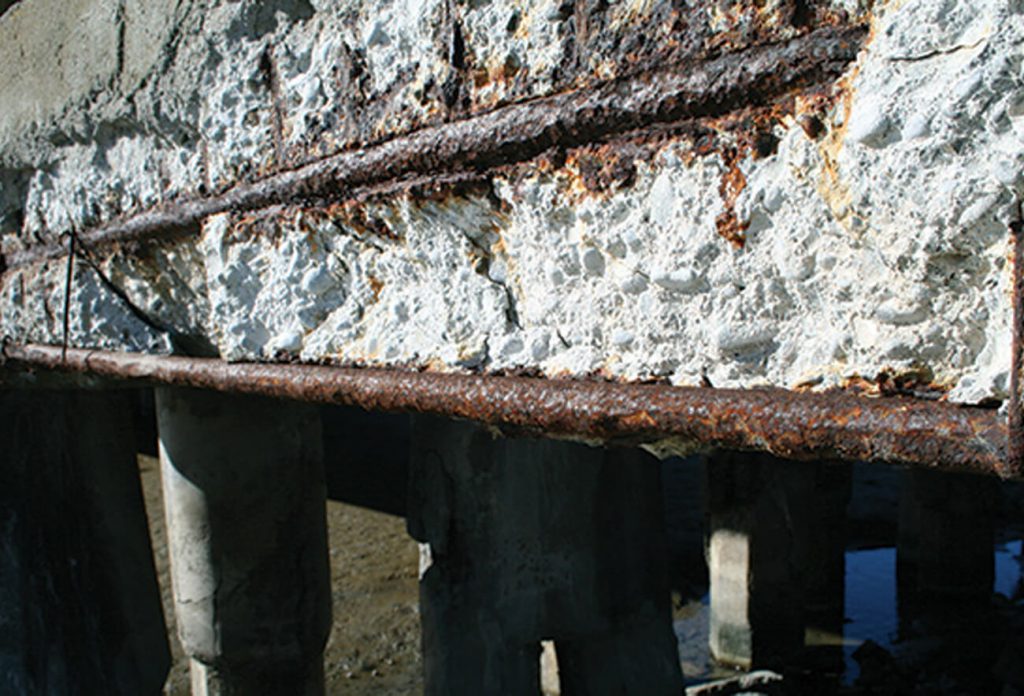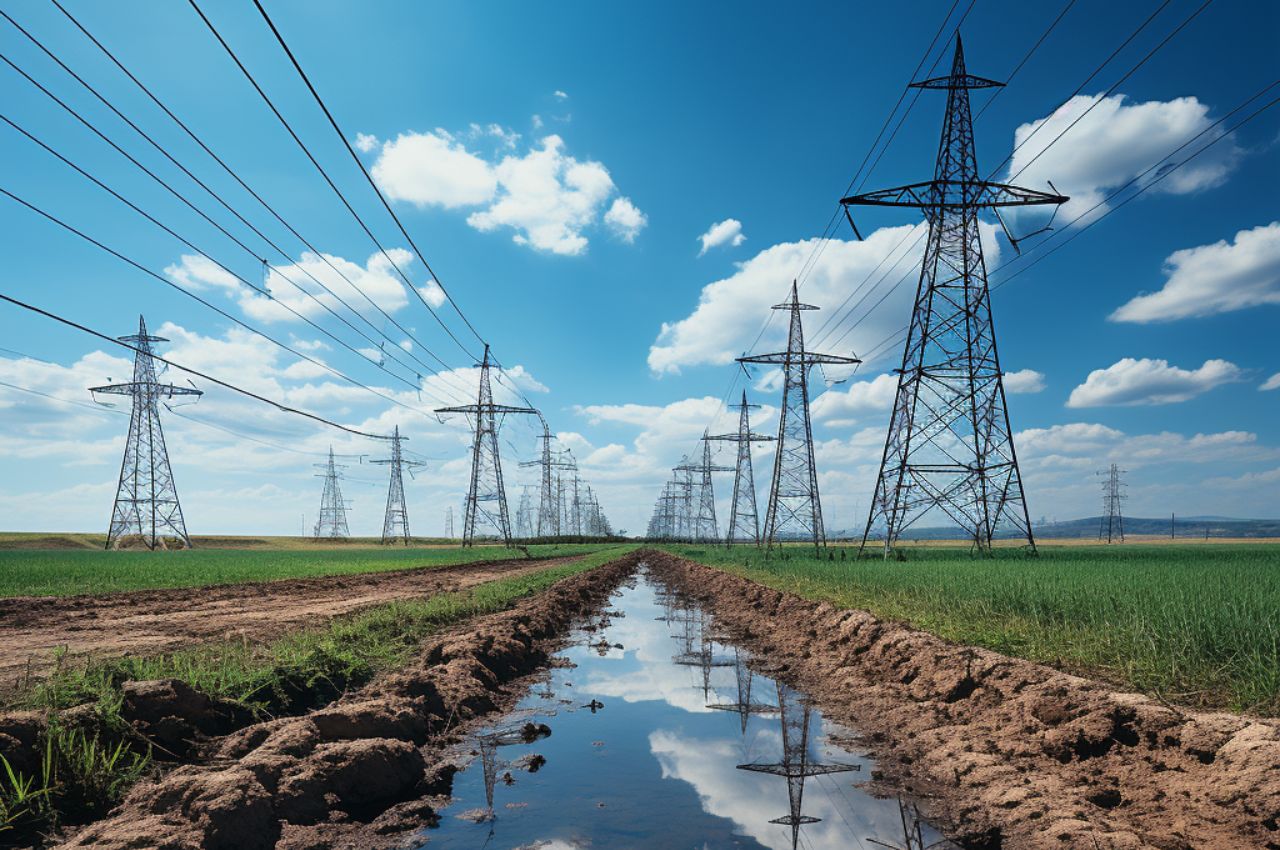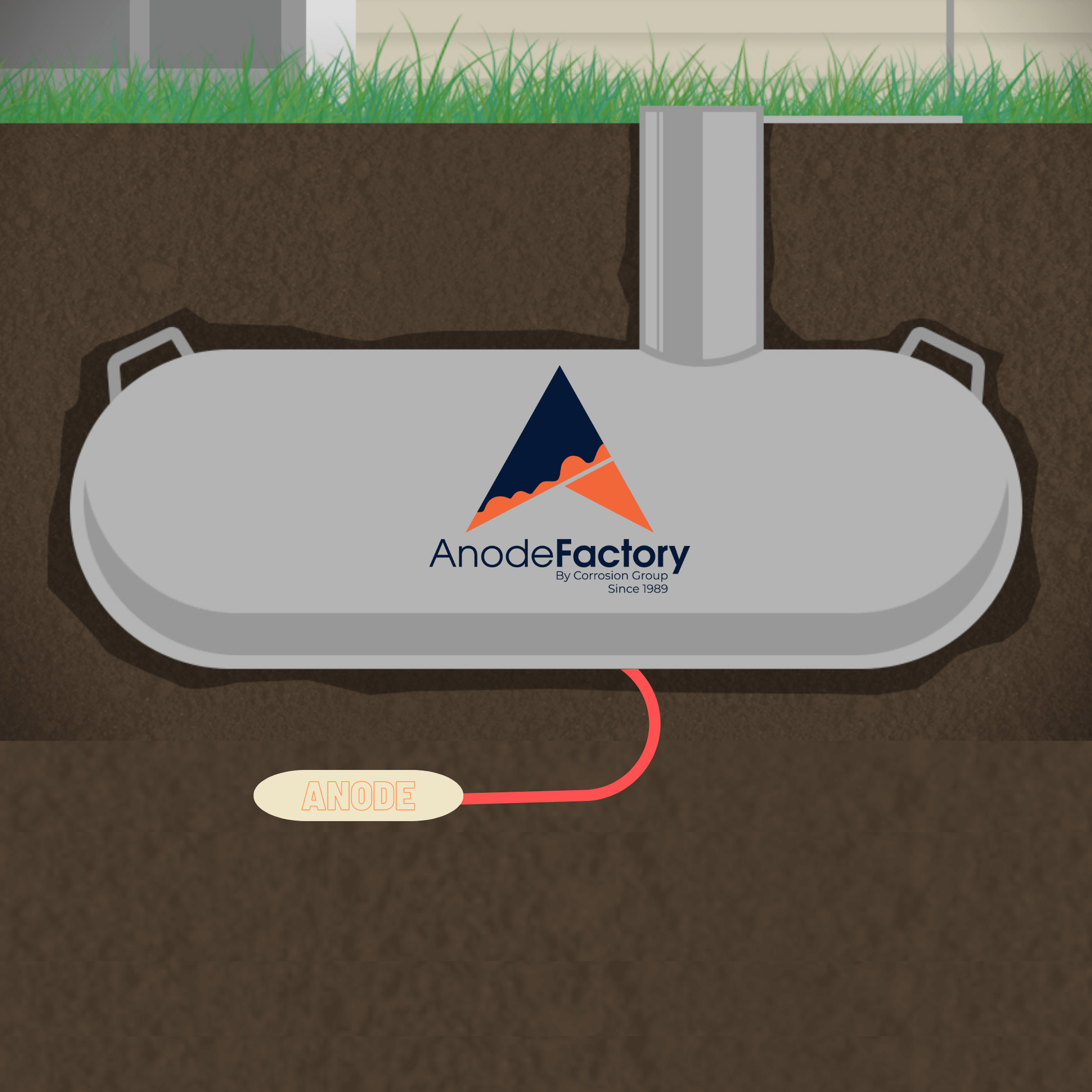
Hybrid Corrosion Protection Systems for Prestressed Concrete Bridges
Many reinforced concrete structures like prestressed concrete bridges can suffer from corrosion damage. Causes include salt ingress from the application of de-icing salts during winter maintenance, exposure to marine environments and carbonation of the concrete.
TRADITIONAL CORROSION PREVENTION METHODS FOR CONCRETE
Corrosion is an electrochemical process and the use of electrochemical technology treatments is a common mitigation practice. Traditional treatments like impressed current cathodic protection (ICCP) involve the passage of a constant current through the concrete to arrest corrosion activity and hinder its future development.
However, for pre-stressed concrete reinforcement there are risks of hydrogen embrittlement of the steel. If the applied polarization is not strictly controlled. (Learn more in An Introduction to Hydrogen Embrittlement.)
THE NEED FOR HYBRID CORROSION PROTECTION
Normally systems deal with risks by limiting the induced change potential of the steel reinforcement. This reduces the amount of hydrogen generated as a result of water hydrolysis during the application of an electrochemical treatment such as ICCP. But some risk to the asset owner remains during long-term use of an ICCP system. This is because monitoring and adjustments are usually only undertaken at annual intervals. This may not be sufficient.
An alternative approach to reduce this risk is to apply a brief impressed current treatment delivered using an external DC power supply to re-alkalize the corrosion sites and provide long-term corrosion prevention by means of galvanic corrosion protection. This combination of electrochemical treatments is more commonly known as hybrid corrosion protection.
The advantages of employing hybrid corrosion protection included:
- Combine the power of an electrochemical system to arrest corrosion activity with the simplicity and low maintenance requirements of galvanic technologies
- Arrest corrosion activity immediately through a temporary energizing phase
- Lower the overall risks of hydrogen embrittlement
- No need for permanent power supplies and associated annual maintenance costs
- Reduce access requirements for installation and monitoring
- Future re-energization features
- Significantly reduced risks of electrical short-circuits







